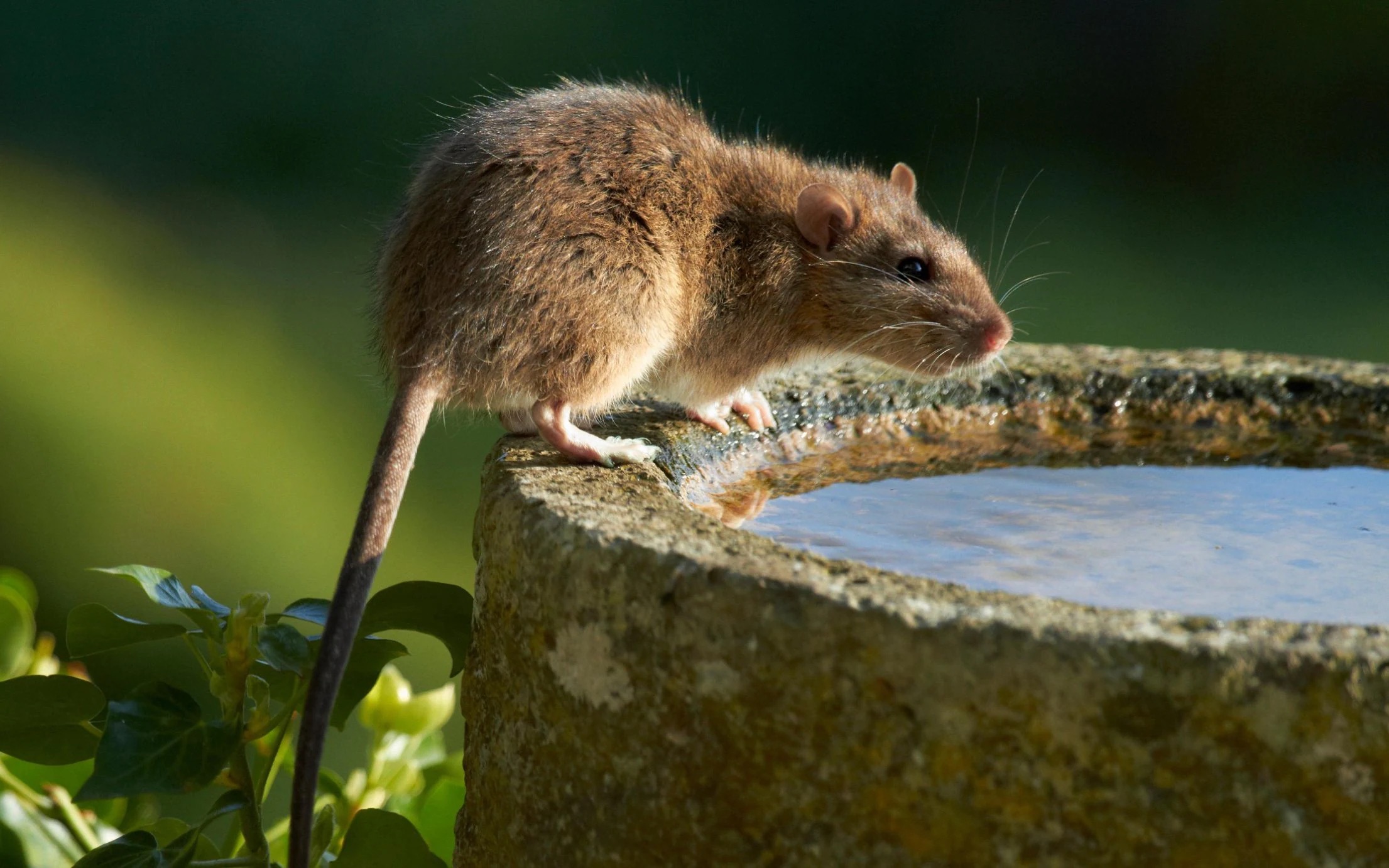

Articles
How To Get Rid Of Rats In The Garden
Modified: February 27, 2024
Learn effective gardening techniques to eliminate rats from your garden. Protect your plants and maintain a pest-free environment with our expert tips.
(Many of the links in this article redirect to a specific reviewed product. Your purchase of these products through affiliate links helps to generate commission for Storables.com, at no extra cost. Learn more)
Introduction
Gardens provide a serene and beautiful escape, where we can enjoy the beauty of nature and grow our own plants. However, uninvited guests like rats can sometimes wreak havoc on our beloved gardens. Rats not only cause damage to plants and trees but can also carry diseases that pose a threat to our health and the well-being of our families.
Knowing how to effectively get rid of rats in the garden is essential to maintain a healthy and thriving outdoor space. In this comprehensive guide, we will explore various methods to identify and eliminate rat infestations, as well as prevent future occurrences.
Before diving into the solutions, it’s important to understand the signs of rat infestation. Rats are nocturnal creatures that are rarely seen during the day. However, you may notice several indications of their presence when it comes to your garden.
Key Takeaways:
- Identifying early signs of rat infestation, understanding rat behavior, and implementing natural deterrents are crucial in maintaining a healthy garden free from unwanted rodent guests.
- By combining natural methods, trapping, and preventive measures, you can effectively eliminate rats from your garden and create an environment that minimizes the risk of future infestations.
Read more: How To Get Rid Of Rat Smell In The Attic
Identifying Rat Infestation Signs
Identifying the signs of a rat infestation is the crucial first step in tackling the problem. Here are some common indicators that rats have made your garden their home:
- Droppings: Rat droppings are small, dark, and pellet-like in shape. You might find them scattered around areas where rats frequent, such as near plants, compost bins, or in dark corners.
- Gnawed Objects: Rats have strong, sharp teeth that they use to chew through various materials. Look for signs of gnawing on wooden structures, garden furniture, gardening tools, or chewed fruits and vegetables.
- Burrows: Rats create burrows to nest and breed. These burrows are often found in hidden areas, such as under piles of debris, bushes, or near the garden perimeter.
- Trampled Plants: Rats tend to create well-worn paths through vegetation as they navigate the garden. Look for signs of crushed or trampled plants along these paths.
- Noises: Rats are typically active at night, so listen for scratching or scurrying sounds coming from the garden or nearby structures.
- Unusual Pet Behavior: Dogs and cats are often sensitive to the presence of rats. If your pets seem unusually interested in a specific area of the garden or exhibit signs of agitation near certain objects, it could be a sign of a rat infestation.
If you notice any of these signs, it’s important to take immediate action to address the rat problem and safeguard your garden.
Understanding Rat Behavior in Gardens
Before devising a strategy to eliminate rats from your garden, it’s important to understand their behavior and habits. Rats are highly adaptable creatures that can thrive in a variety of environments, including gardens. By understanding their behavior, you can better implement methods to deter and eliminate them.
Rats are nocturnal animals, meaning they are most active during the night. They have excellent senses of smell, taste, and touch, and are capable of quickly locating potential food sources. In the garden, rats are attracted to a variety of items:
- Food: Rats are opportunistic feeders, and they will consume a wide range of food, including fruits, vegetables, seeds, nuts, and even garden pests like slugs and snails.
- Water: Like all creatures, rats require water to survive. A water source in or near the garden can attract rats.
- Shelter: Rats look for sheltered spots to nest and breed. Dense vegetation, piles of debris, and overgrown areas provide the ideal hiding places for them.
- Protection: Rats are naturally cautious and seek protection from predators. They are more likely to stay in areas where they feel safe from threats.
Understanding what attracts rats to your garden is crucial in developing an effective rat management plan. By addressing these attractants, you can make your garden less inviting to these unwanted guests.
Furthermore, it’s important to note that rats are intelligent and adaptable creatures. They can quickly learn and memorize food sources, pathways, and hiding spots. This makes it necessary to implement a holistic approach that not only eliminates existing rats but also prevents future infestations.
In the next sections, we will explore natural ways to deter rats, methods to remove attractive elements in the garden, as well as trapping and rodenticide options if necessary. Remember, taking prompt and consistent action against rats is key to preserving the health and vitality of your garden.
Natural Ways to Deter Rats in the Garden
When it comes to deterring rats from your garden, using natural methods is not only environmentally friendly but also safer for your plants, pets, and family. Here are some effective natural ways to keep rats at bay:
- Remove food sources: Rats are attracted to easily accessible food. Securely store birdseed, pet food, and compost in rat-proof containers. Additionally, harvest ripe fruits and vegetables promptly and clean up fallen produce.
- Eliminate water sources: Rats need water to survive. Fix any leaky faucets or irrigation systems, and remove standing water from containers and drainage areas.
- Keep the garden clean and tidy: Clear away piles of debris, trim overgrown plants, and regularly mow the lawn. Rats prefer areas with ample hiding spots, so maintaining a tidy garden discourages them from taking up residence.
- Install fencing: Erecting a fence around the garden can create a physical barrier that deters rats. Use sturdy materials like wire mesh and bury the bottom of the fence several inches underground to prevent rats from burrowing underneath.
- Plant deterrents: Rats dislike certain strong-smelling plants. Consider planting mint, lavender, marigolds, or daffodils around the perimeter to help deter them. Additionally, some herbs like rosemary, thyme, and sage have smells that rats find repulsive.
- Use natural repellents: Sprinkle or spray natural repellents like peppermint oil, vinegar, or garlic water around areas frequented by rats. These strong scents can deter rats from approaching.
- Install motion-activated devices: Rats are skittish creatures that are startled by sudden noises and movements. Installing motion-activated devices such as sprinklers or ultrasonic repellents can disrupt their comfort zone and discourage them from staying in the garden.
Remember that while these natural methods can be effective, it may take time and consistent application to see results. It’s also important to combine multiple deterrent techniques for optimal effectiveness. By implementing these natural strategies, you can create an environment that is unappealing to rats and helps protect your garden from infestations.
Removing Attractive Elements for Rats
To effectively deter rats from your garden, it’s essential to eliminate any factors that make your outdoor space attractive to them. By removing these enticing elements, you make your garden less appealing and discourage rats from taking up residence. Here are some key steps to remove attractive elements for rats:
- Secure garbage bins: Rats are scavengers that are drawn to easily accessible food sources. Ensure that your garbage bins have tight-fitting lids and are stored in an area that is inaccessible to rats.
- Seal entry points: Inspect your garden for potential entry points, such as gaps in walls, fences, and foundations. Seal any openings with sturdy materials like wire mesh or steel wool to prevent rats from gaining access.
- Keep bird feeders clean: Bird feeders can attract rats, as they provide a steady supply of food. Regularly clean and maintain bird feeders, and consider using feeders that are designed to discourage rats.
- Remove excess vegetation: Rats prefer areas with plenty of hiding spots. Trim back overgrown bushes and shrubs, and remove dense vegetation that provides cover for rats.
- Organize storage areas: Cluttered storage areas like sheds and garages can offer cozy nesting spots for rats. Keep these areas organized and tidy, reducing potential hiding places for rats.
- Prevent access to water sources: Rats need water to survive, so it’s important to eliminate any standing water or leaks in and around your garden. Fix leaky hoses, pipes, and faucets, and remove containers that can collect rainwater.
- Maintain proper composting: While composting is beneficial, it can also attract rats if not managed properly. Use enclosed and secure compost bins, and avoid adding food scraps that can entice rats.
- Store firewood away from the garden: Firewood stacks or piles near the garden can provide shelter for rats. Keep firewood elevated and stored away from the garden to minimize potential nesting sites.
By implementing these measures, you make your garden less inviting for rats, discouraging them from setting up their homes in your outdoor space. Remember to regularly inspect and maintain your garden to ensure that attractive elements for rats are promptly removed.
One effective way to get rid of rats in the garden is to remove potential food sources such as fallen fruits and vegetables. Keep the garden clean and tidy to discourage rats from making it their home.
Read more: How To Get Rid Of Rats Under A Shed
Using Traps to Eliminate Rats in the Garden
Trapping is an effective and humane method to eliminate rats from your garden. By using traps, you can specifically target the areas where rats are active and reduce the population without the use of harmful chemicals. Here are some common types of traps for rats:
- Snap traps: Snap traps are the traditional and widely used traps for capturing rats. They consist of a spring-loaded mechanism that snaps shut when the rat triggers it. Place these traps in areas where rat activity is high, such as along walls or near burrow entrances. Bait the traps with a desirable food source like peanut butter or bacon to entice the rats.
- Live traps: Live traps are a humane alternative that allows you to capture rats alive and then release them into a more suitable environment for them, away from your garden. These traps are typically cage-like structures with a door that closes upon entry. Bait the traps with food like nuts or dried fruits and regularly check them to release captured rats in a different location.
- Electronic traps: Electronic traps use a high-voltage electric shock to quickly kill rats once they enter the trap. These traps are effective and provide a mess-free solution. Some electronic traps also include a notification system to indicate when a rat has been caught. Follow the manufacturer’s instructions for proper placement and baiting.
When using traps, keep the following tips in mind for better success:
- Place the traps along known rat pathways or near areas where you have seen signs of rat activity.
- Position the traps against walls or structures, as rats tend to travel along the edges.
- Wear gloves when handling the traps and bait to minimize your scent and avoid potential contamination.
- Regularly check the traps and dispose of captured rats responsibly according to local regulations.
- Consider using multiple traps to increase the chances of capturing rats.
Remember to be patient when trapping rats, as it may take time to capture all individuals. Monitoring and consistently trapping rats will help reduce their population in your garden and protect your plants from further damage.
Utilizing Rodenticides as a Last Resort
Rodenticides are chemical substances specifically designed to kill rodents, including rats. While traps and natural deterrents are generally recommended, there may be situations where the rat infestation is severe, and alternative methods need to be considered. In such cases, rodenticides can be used as a last resort to eliminate rats from your garden. However, it’s important to exercise caution and follow safety guidelines when using these products.
Here are some key points to keep in mind when utilizing rodenticides:
- Choose the right product: There are various types of rodenticides available, including anticoagulant baits and acute toxic baits. Consult with a pest control professional or research thoroughly to select a product that is suitable for your specific needs and follows local regulations.
- Follow safety precautions: Rodenticides are toxic substances and can pose a risk to humans, pets, and wildlife if not used correctly. Always read and follow the instructions provided by the manufacturer carefully. Wear protective gloves and avoid any direct contact with the baits.
- Place baits strategically: Determine the areas of high rat activity and place baits according to the manufacturer’s instructions. Ensure that baits are inaccessible to children, pets, and non-target animals by using bait stations or securing them in covered and protected areas.
- Monitor and dispose of baits responsibly: Regularly check the bait stations to see if the bait is being consumed and to replenish as necessary. Dispose of any unused baits according to local regulations and guidelines. Keep in mind that rodenticides can be harmful to predators and scavengers, so take precautions to prevent unintentional secondary poisoning.
- Document and evaluate: Keep a record of the baiting process, including the location of bait stations, dates, and observations. This information will help you assess the effectiveness of the rodenticides and make informed decisions for future pest control measures.
It’s crucial to understand that rodenticides should only be used as a last resort when all other methods have failed or when the infestation poses a significant threat. If possible, consult with a professional pest control service to ensure proper handling and application of rodenticides.
Always prioritize the safety of humans, pets, and the environment when considering the use of rodenticides. Prevention, exclusion, and natural deterrents should be the primary approaches in maintaining a rat-free garden.
Preventing Rat Infestation in the Future
Once you have successfully eliminated rats from your garden, it’s crucial to take proactive measures to prevent future infestations. By implementing preventive strategies, you can create an environment that is less attractive to rats and minimize the risk of them returning. Here are some effective ways to prevent rat infestation in the future:
- Maintain cleanliness: Regularly clean your garden, removing fallen debris, and ensuring proper waste management. Eliminate potential food sources by promptly picking up ripe fruits and vegetables, securing garbage bins, and maintaining clean bird feeders.
- Seal entry points: Inspect your garden for any gaps, cracks, or openings that rats can use to enter. Seal them off with materials like wire mesh or steel wool to prevent rats from gaining access to your garden.
- Keep the garden tidy: Trim vegetation regularly, ensuring that it does not create hiding spots for rats. Remove overgrown plants, cut back overhanging branches, and clear away any clutter that rats could use as shelter.
- Install barriers: Use fencing or hardware cloth to create a physical barrier around your garden. Bury the bottom edge of the barriers several inches into the ground to prevent rats from burrowing underneath.
- Monitor water sources: Regularly inspect your garden for any sources of standing water or leaks. Fix any leaks in irrigation systems, remove containers that can collect rainwater, and ensure proper drainage to eliminate water sources that attract rats.
- Practice proper composting: Utilize proper composting techniques to prevent odors and discourage rats. Avoid adding meat, dairy products, or oily food scraps that can attract rats. Turn the compost regularly to discourage rodents from nesting within the pile.
- Implement regular maintenance: Regularly inspect your garden for signs of burrows, chewed objects, or droppings. Address any potential signs of rat activity promptly to prevent infestations from becoming established.
- Encourage natural predators: Invite natural predators like owls, hawks, and snakes into your garden to help control rat populations. Create suitable habitats for these predators by providing perches, nesting boxes, and safe areas for them to reside.
Remember that prevention is key in maintaining a rat-free garden. By incorporating these preventive measures into your gardening routine, you can significantly reduce the risk of future rat infestations and enjoy a healthy and thriving outdoor space.
Conclusion
Gardens are a place of beauty, tranquility, and growth. However, rats can quickly become unwelcome visitors, causing damage, spreading diseases, and disrupting the harmony of your garden. Understanding how to effectively get rid of rats and prevent future infestations is essential for maintaining a healthy and thriving outdoor space.
In this comprehensive guide, we have explored various methods and strategies to address rat infestations in your garden. We started by identifying the signs of rat infestation, such as droppings, gnawed objects, burrows, and trampled plants. These signs serve as early warning indicators to take action.
By understanding rat behavior in gardens, we learned that rats are attracted to food, water, shelter, and protection. This knowledge helps us in implementing natural deterrence methods, removing attractive elements, and creating an environment that is less inviting to rats.
We explored natural ways to deter rats, such as removing food sources, eliminating water sources, and planting rat-repellent herbs and flowers. These methods not only discourage rats but also contribute to the overall health of your garden.
If the rat infestation persists, we discussed how to use traps as an effective and humane method to eliminate rats. Snap traps, live traps, and electronic traps can be strategically placed to capture and remove rats from your garden safely.
In extreme cases, where other methods have failed or the infestation poses a significant threat, rodenticides can be considered as a last resort. However, it is essential to exercise caution, follow instructions, and prioritize safety when using these chemical substances.
Finally, we emphasized the importance of preventing future rat infestations by maintaining cleanliness, sealing entry points, keeping the garden tidy, and monitoring water sources. By practicing proper composting and regular maintenance, along with encouraging natural predators, you can create an environment that deters rats from returning.
Remember, the key to successfully managing rat infestations is taking prompt action and implementing a comprehensive approach. By incorporating the strategies outlined in this guide, you can enjoy a rat-free garden and ensure the well-being of your plants, pets, and family.
Frequently Asked Questions about How To Get Rid Of Rats In The Garden
Was this page helpful?
At Storables.com, we guarantee accurate and reliable information. Our content, validated by Expert Board Contributors, is crafted following stringent Editorial Policies. We're committed to providing you with well-researched, expert-backed insights for all your informational needs.
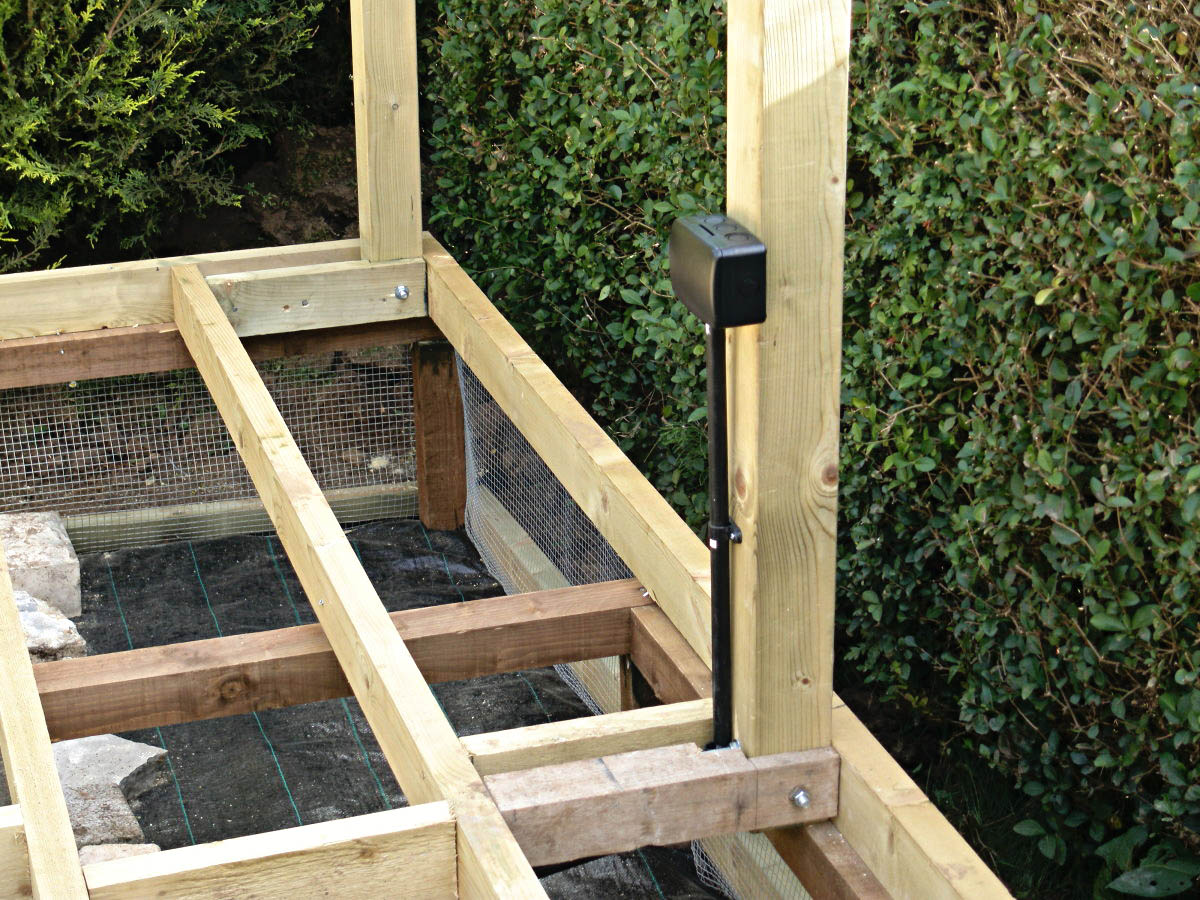
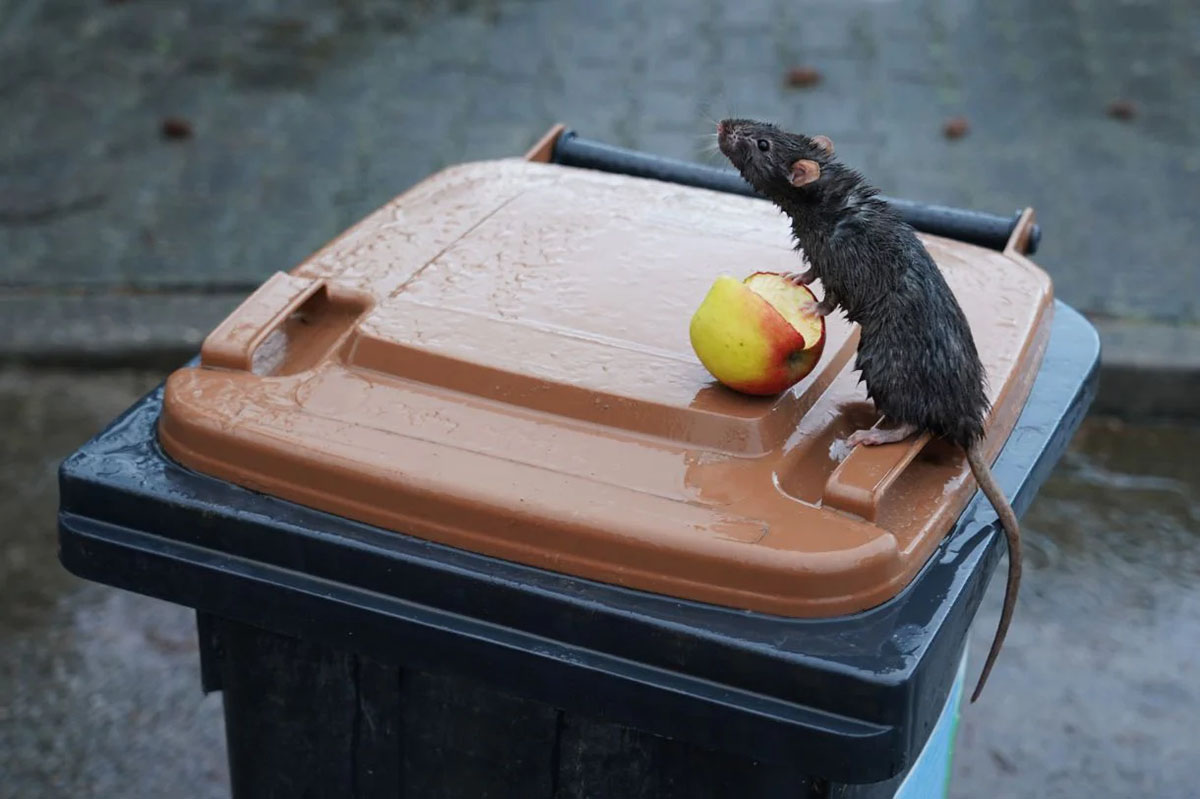

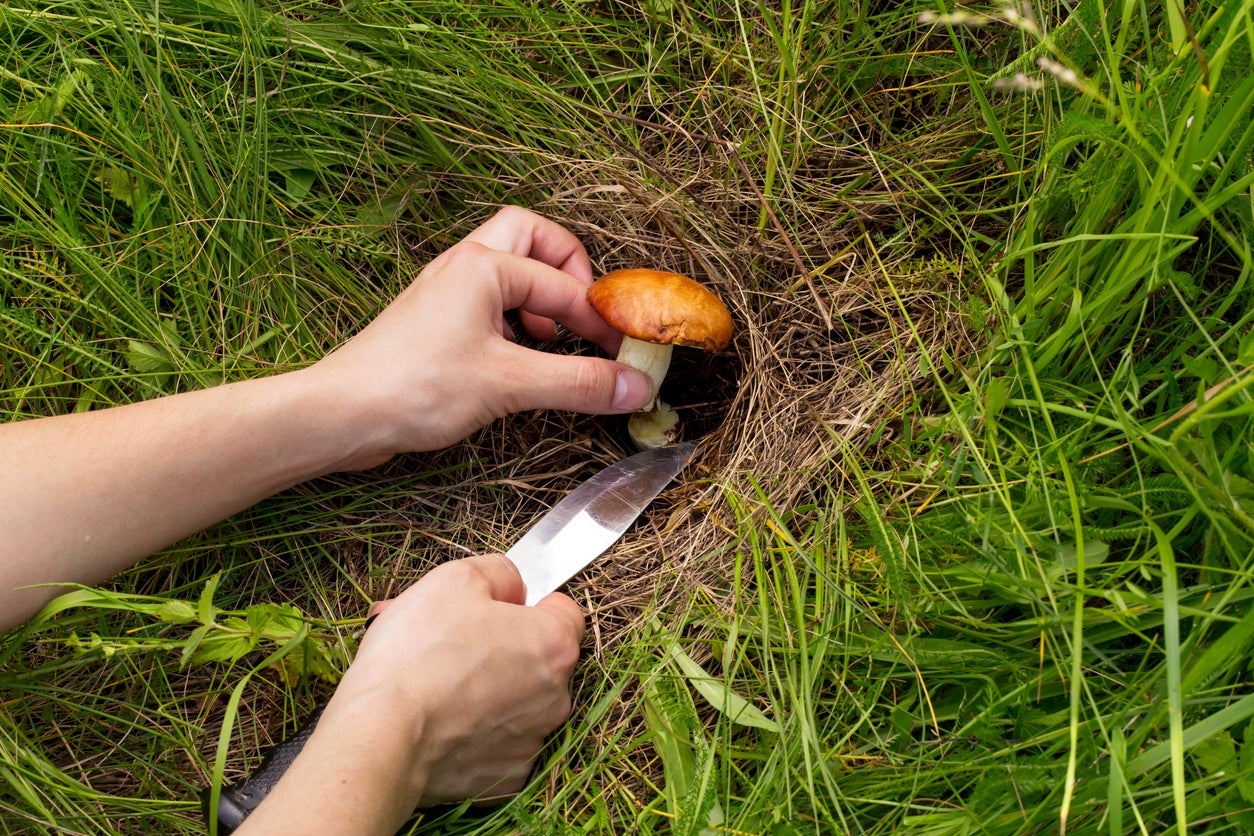
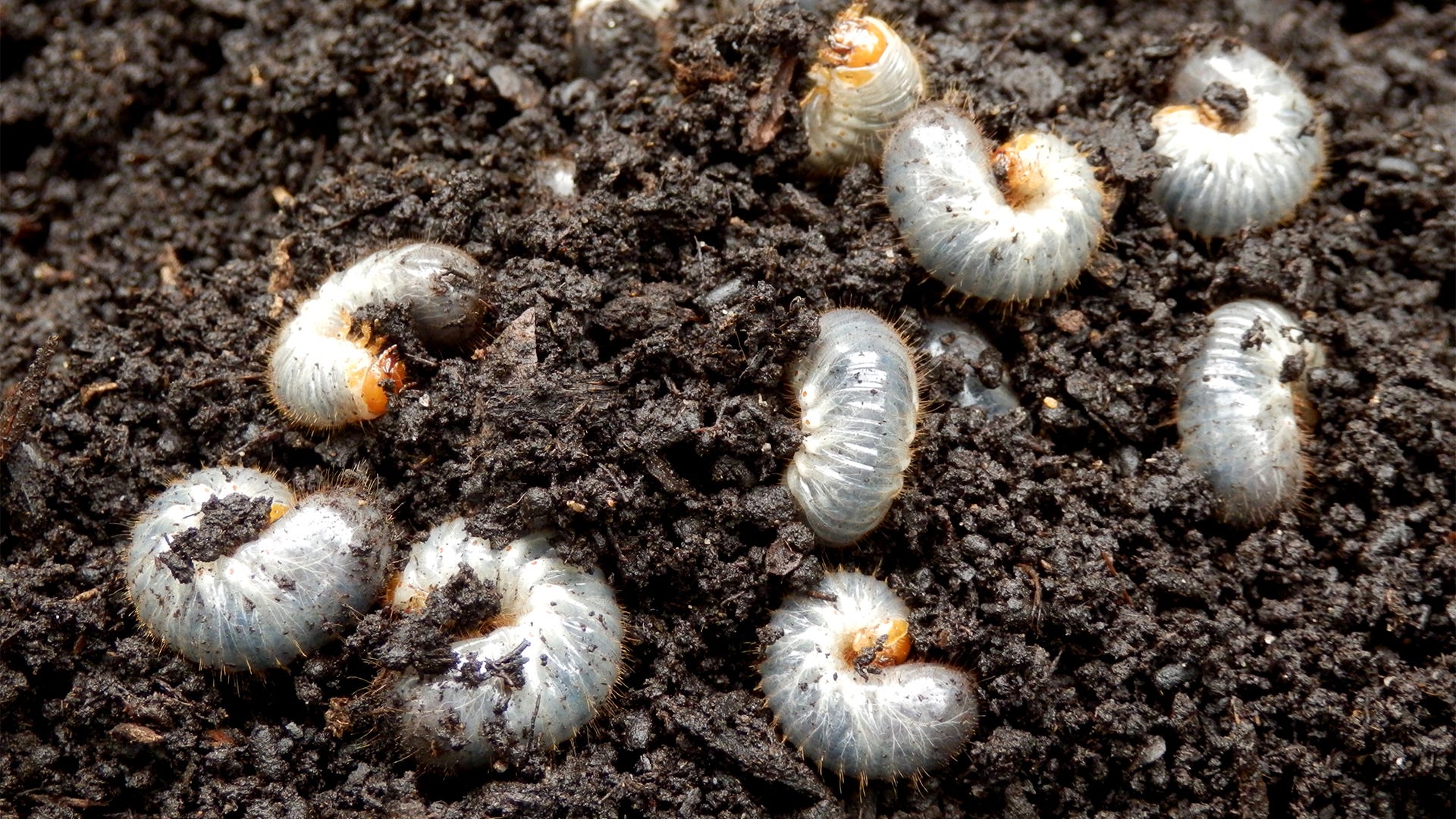
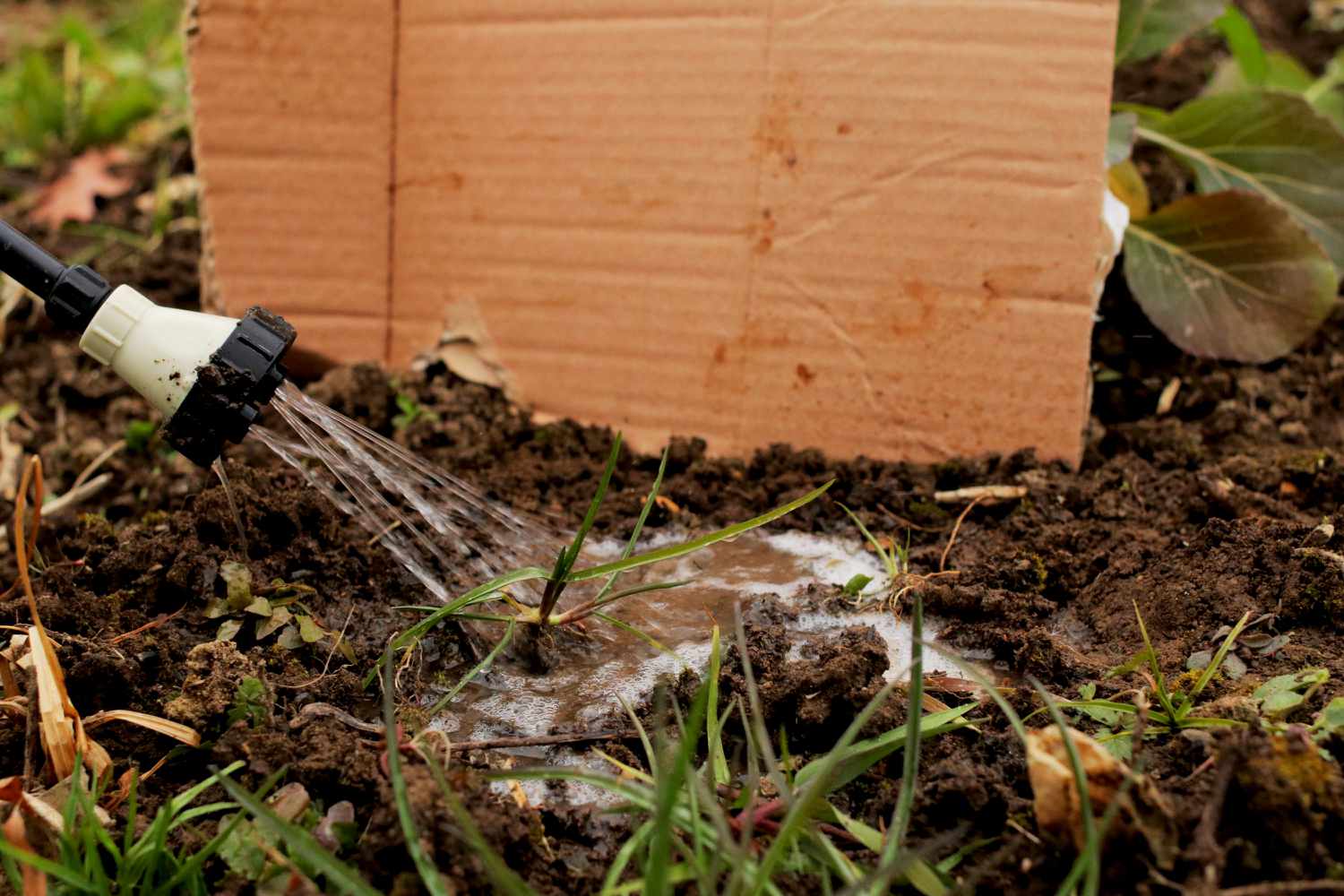
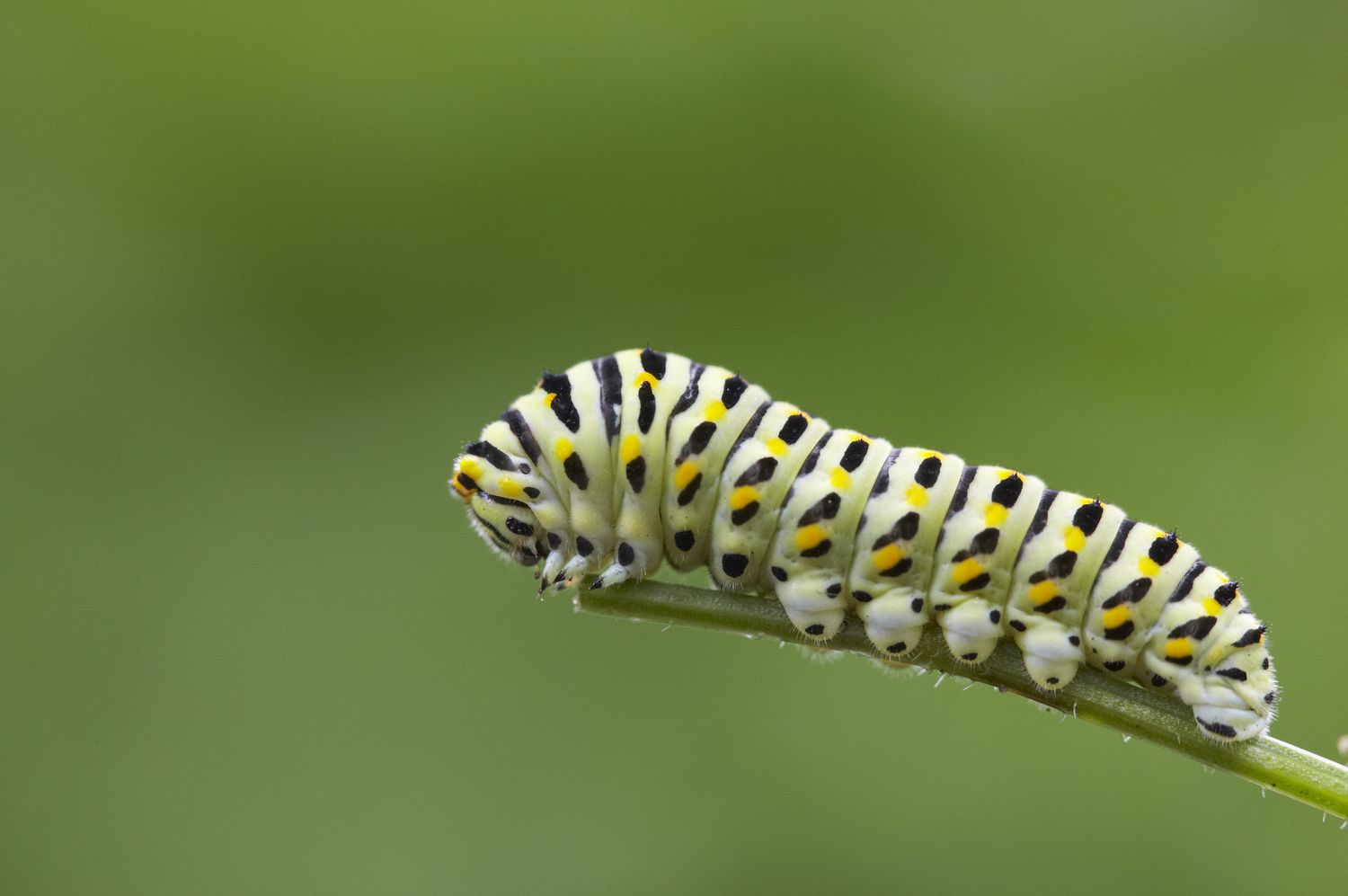
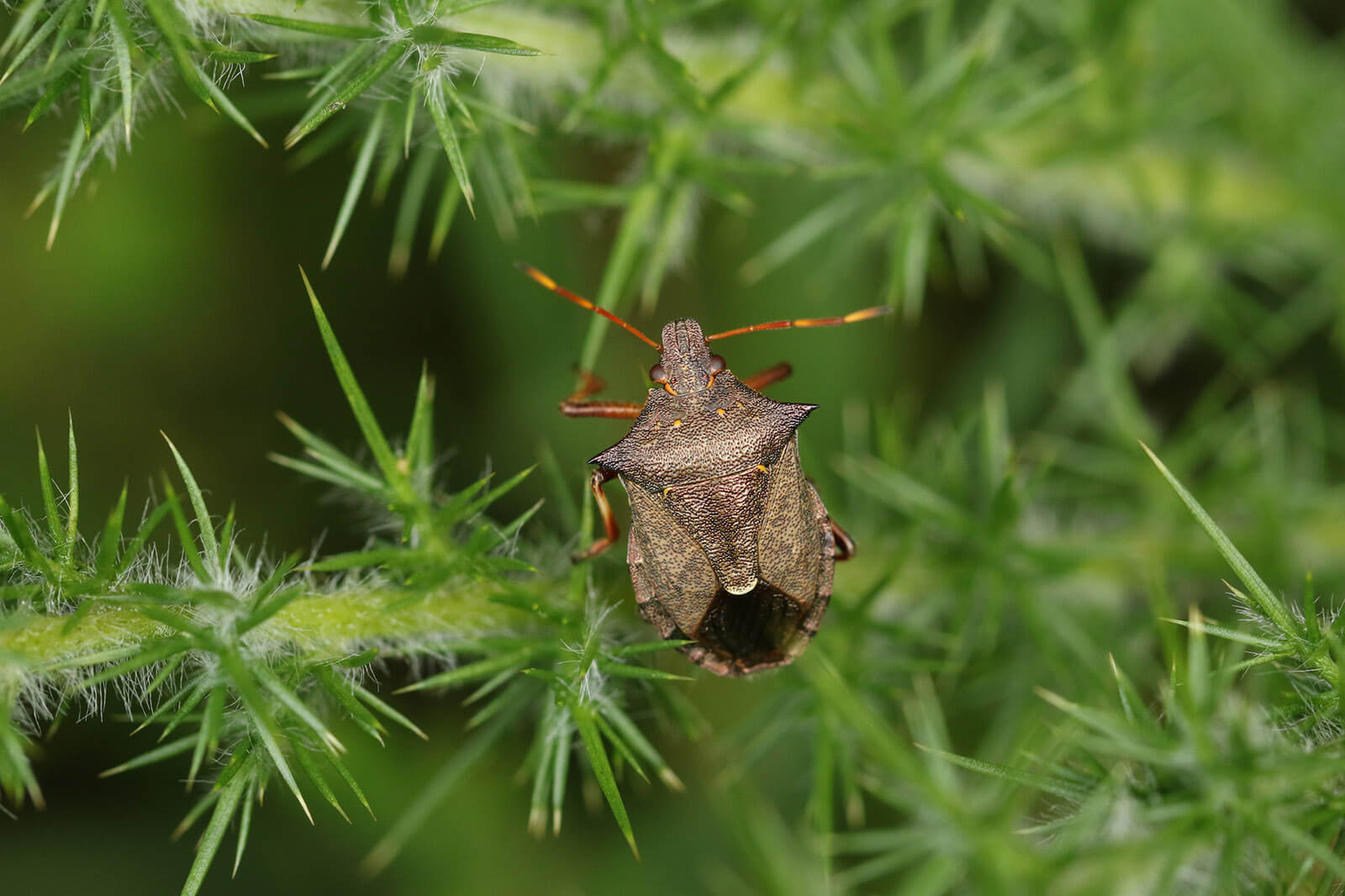
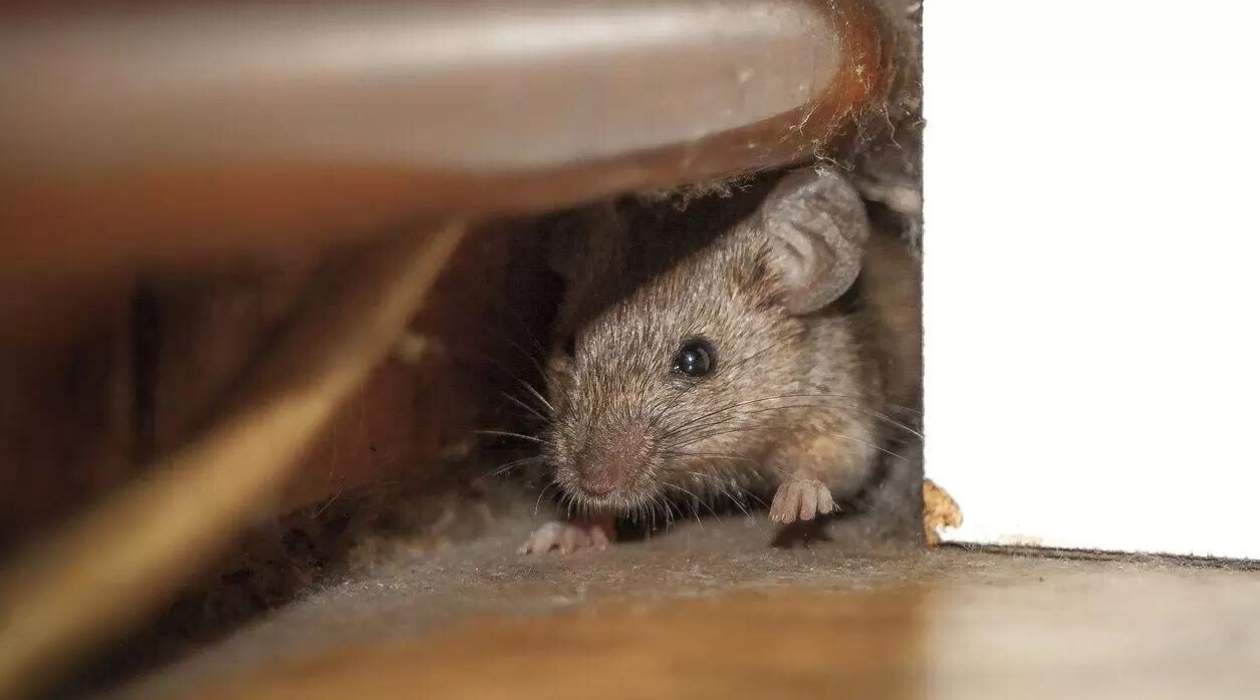






0 thoughts on “How To Get Rid Of Rats In The Garden”